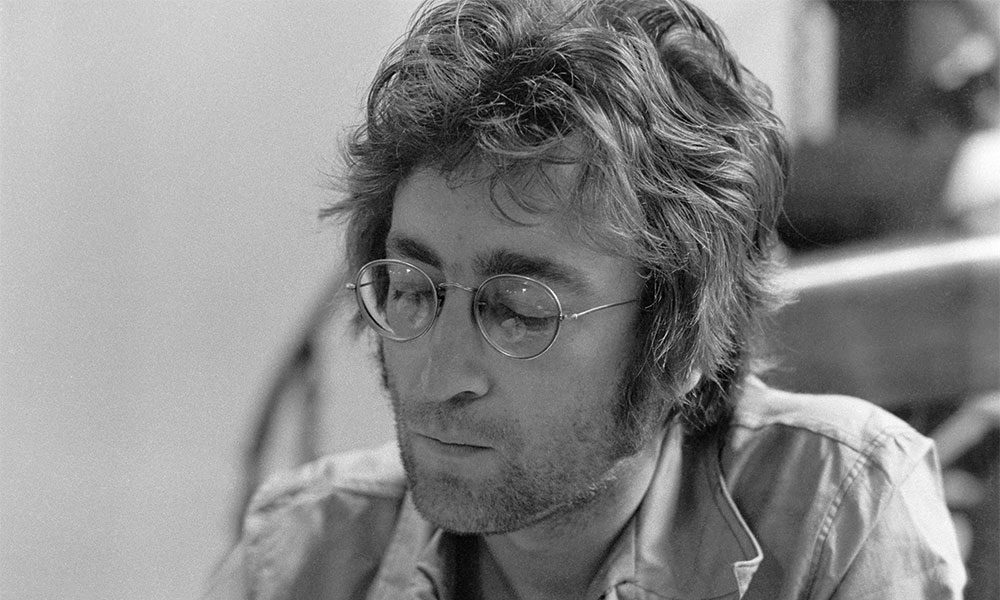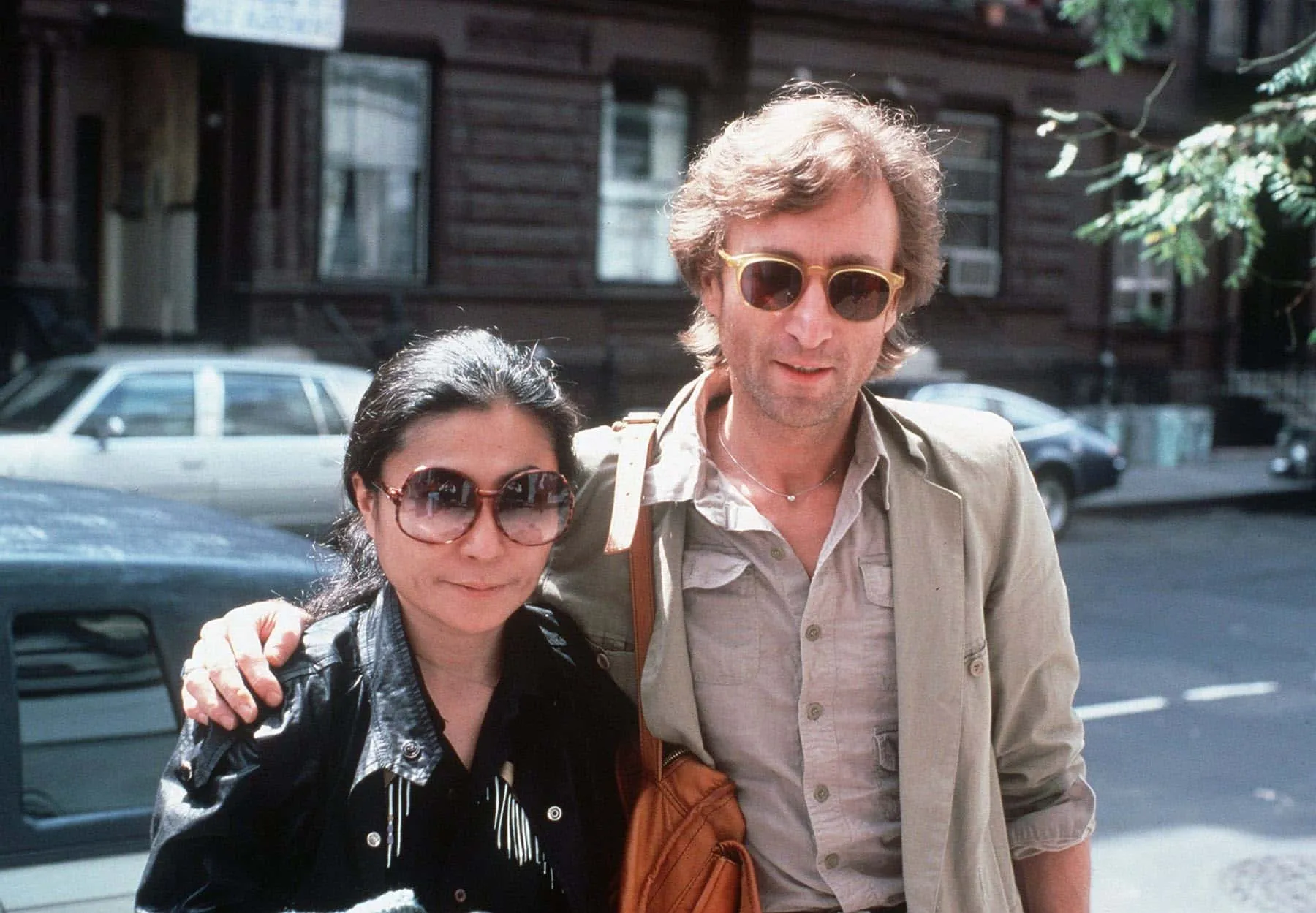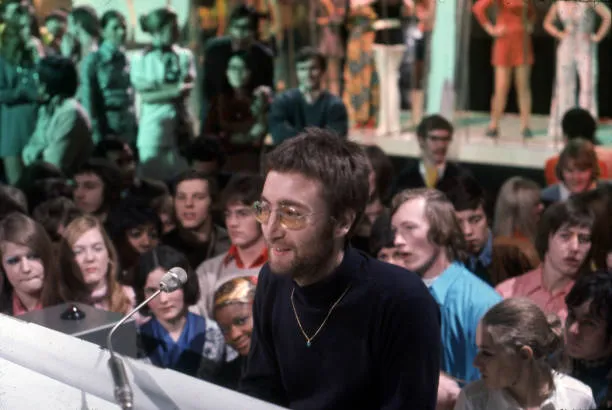In the pantheon of John Lennon's solo work, few tracks have provoked as much discussion and controversy as "How Do You Sleep?" This searing, aggressive song stands out not only for its biting lyrics but for the raw emotion that infuses every verse.
As members of the Jervis Family and lifelong admirers of the Fab Four, we found revisiting this powerful track to be like stepping back into a time of intense personal and artistic conflict.
The song serves as a window into one of the most turbulent chapters in John Lennon's post-Beatles life.
The Context: A Beatles’ Broken Brotherhood

To truly grasp the significance of "How Do You Sleep?", we must travel back to the late 1960s and early 1970s, a time when The Beatles were on the brink of disbanding.
By 1971, the break was more than official—it was deeply personal. John Lennon was polarizing his feelings about Paul McCartney in ways that left no room for ambiguity.
With "How Do You Sleep?", Lennon crafted a song that was part vendetta, part public airing of grievances. In it, he unleashed a torrent of frustration and bitterness directly at his former bandmate.
The Song’s Conception
Penned during the sessions of Lennon's second post-Beatles album, "Imagine," “How Do You Sleep?” is notably one of Lennon's most direct attacks. A
s Lennon would later disclose in interviews, the song was inspired by several perceived slights from McCartney, including the release of McCartney’s solo work and songs like “Too Many People,” which Lennon interpreted as being aimed at him.
Recording started in May 1971 at Lennon’s Ascot Sound Studios in Tittenhurst Park.

The personnel assembled for this track included George Harrison, who played slide guitar, and several other highly talented musicians like Klaus Voormann on bass and Alan White on drums.
Phil Spector co-produced the track alongside John and Yoko Ono, ensuring that the production matched the intensity of Lennon's vision.
As we delved into various documentaries and interviews, the Jervis Family was struck by the collaborative yet fraught environment in which the song was crafted.
The synergy between former bandmates Lennon and Harrison was palpable, even if the underlying tensions were undeniable.
Lyrical Dissection
The opening lines of the song set the tone immediately: “So Sgt. Pepper took you by surprise / You better see right through that mother's eyes.”
Here, Lennon takes a jab at Paul McCartney's contributions to The Beatles, particularly the acclaimed "Sgt. Pepper's Lonely Hearts Club Band" album.
The subsequent verses continue this direct assault, with some lines leaving little doubt about the target of Lennon's ire.
One of the most poignant lines, “The only thing you done was yesterday / And since you've gone you're just another day,” eviscerates McCartney's artistic contributions by reducing them to simplistic nostalgia.
By invoking “Yesterday,” one of McCartney’s most iconic Beatles songs, Lennon compounds the emotional weight of his critique.
The line “Just another day” is a pointed reference to McCartney’s solo single, further intertwining personal and artistic grievances.
For months, the Jervis Family dissected these lines and their many interpretations at family gatherings.
Each discussion would open new layers of understanding, providing insight into not just Lennon's mindset but also the fragile dynamics that define any artistic collaboration.
Musical Composition: The Expression of Emotion

Musically, “How Do You Sleep?” complements its intense lyrics with equally powerful instrumentation. The arrangement, driven by Harrison’s evocative slide guitar and Voormann’s deep basslines, sets a dark and foreboding tone.
The rhythm, layered with stabs of piano, further accentuates the song's sense of confrontation.
Despite its combative nature, the song's production quality is lush and sophisticated, a testament to the musicianship and technical expertise behind the scenes.
This juxtaposition between the beauty of the music and the harshness of the message offers a fascinating contrast that deepens the song’s impact.
Our exploration of the song’s musical structure often turned our family living room into a mini-debate arena, each of us pointing out the intricate layers of production and the way they mirrored Lennon's emotional complexity.
For example, George Harrison’s haunting slide guitar solos became, in our view, the sonic manifestation of Lennon’s scathing emotions, adding depth and texture to his confrontational words.
Initial Reception and Impact
Upon its release on the "Imagine" album in September 1971, “How Do You Sleep?” stirred considerable controversy.
Critics and fans alike were taken aback by the directness of Lennon’s attack on his former bandmate. Some hailed the song for its unflinching honesty, while others found it too harsh, even uncomfortable.
Paul McCartney himself maintained a stoic public face, rarely commenting on the track directly. However, it's undeniable that the song, and others like it, took a toll on their personal relationship.
The public airing of such personal grievances was almost unprecedented, making it a subject of extensive media coverage.
The Jervis Family, always engrossed in rock history, couldn’t help but be drawn into the drama. Newspapers and magazines of the time were filled with reactions, analyses, and speculative commentaries, each adding another layer to the multifaceted story surrounding the song.
Retrospective Analysis
Over the years, many have revisited “How Do You Sleep?” with the benefit of hindsight, examining it through the lens of personal struggle and artistic expression.
Lennon himself admitted later in his life that the song was more reflective of his own insecurities and pain than an objective critique of Paul McCartney. I
t served as an outlet for Lennon’s tumultuous feelings during one of the most transformative periods of his life.
Our family conversations about the song often touch on this aspect of emotional projection. We recognize that art, especially music, often serves as a reflection of the artist's internal state.
In the case of John Lennon, “How Do You Sleep?” is both a time capsule capturing the rawness of post-Beatles fallout and a testament to the cathartic power of honest expression.
Legacy and Cultural Significance
At its core, “How Do You Sleep?” stands as a potent example of the conflicting interplay between genius and vulnerability.
It's a reminder that behind every legendary figure is a human being grappling with complex emotions.
The song is now often viewed as a significant but painful part of The Beatles’ legacy, a bittersweet chapter in the story of John Lennon.
For the Jervis Family, Lennon’s oeuvre, including “How Do You Sleep?”, is a continuous source of fascination and debate.
We find joy in exploring the depths of his artistry, understanding the nuances of his personal struggles, and interpreting how those elements wove together to produce some of the most memorable music of the 20th century.
A Multidimensional Work
“How Do You Sleep?” by John Lennon is far more than a song—it's a turbulent emotional journey, a raw outpouring of feelings, and a rare glimpse into the personal conflicts of one of the world’s most iconic musical partnerships.
As we ponder its depth, context, and continuing relevance, we’re reminded of the complex humanity that defines artistic genius.
In revisiting “How Do You Sleep?”, the Jervis Family has deepened our appreciation not just for Lennon’s individual talent, but for the intricate dynamics that shape creative endeavors.
The song remains a timeless testament to the power of musical expression and its ability to capture the most profound aspects of human experience.



